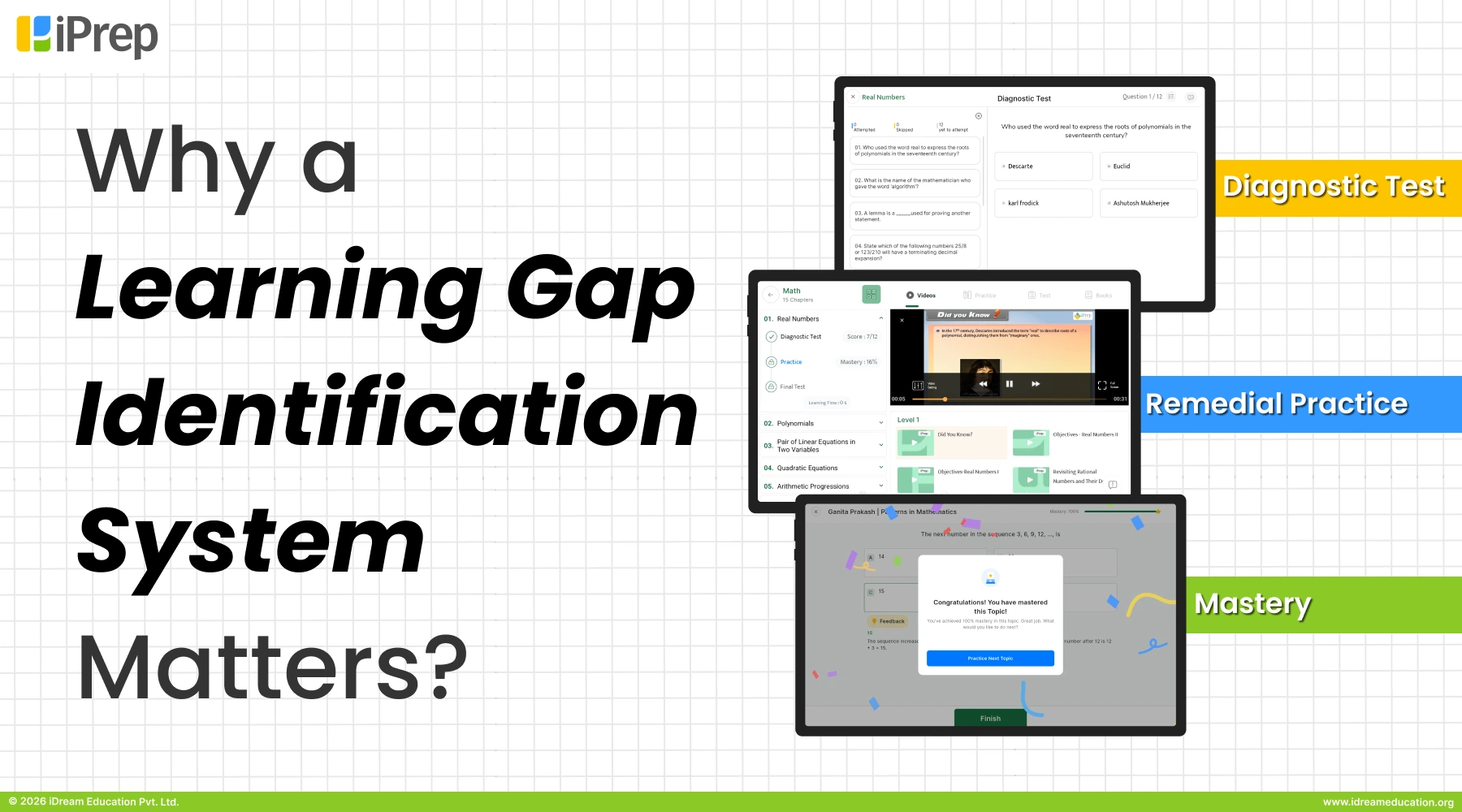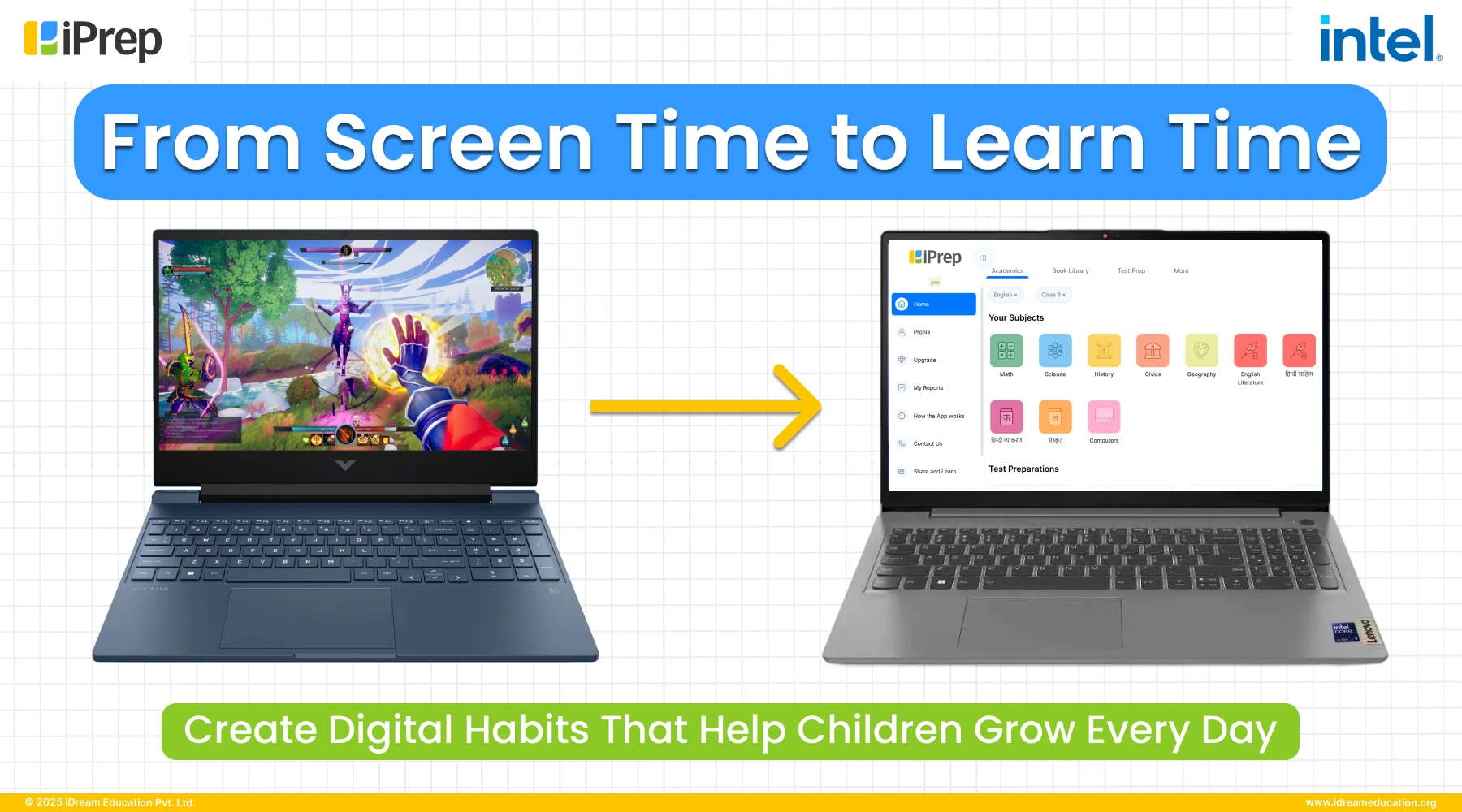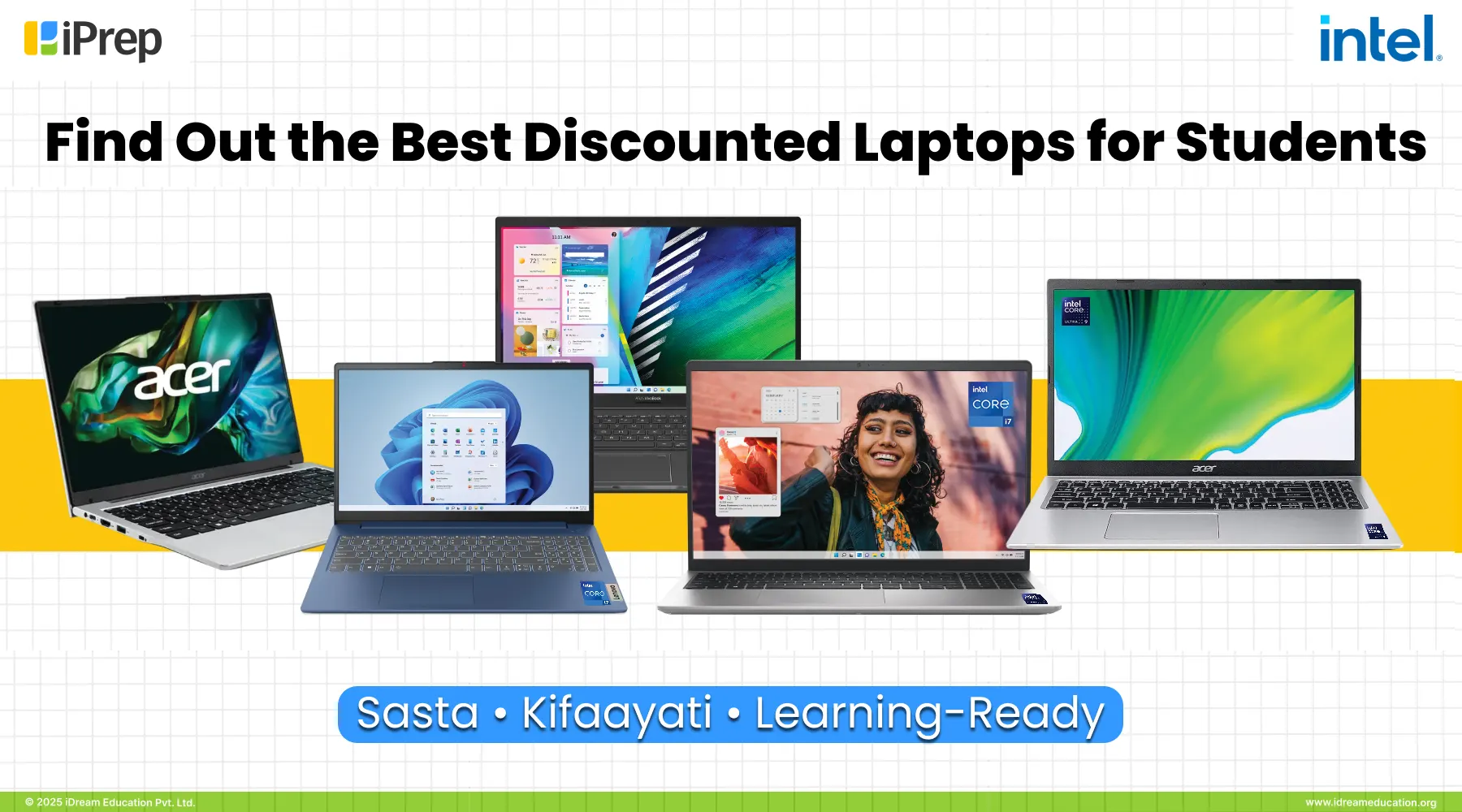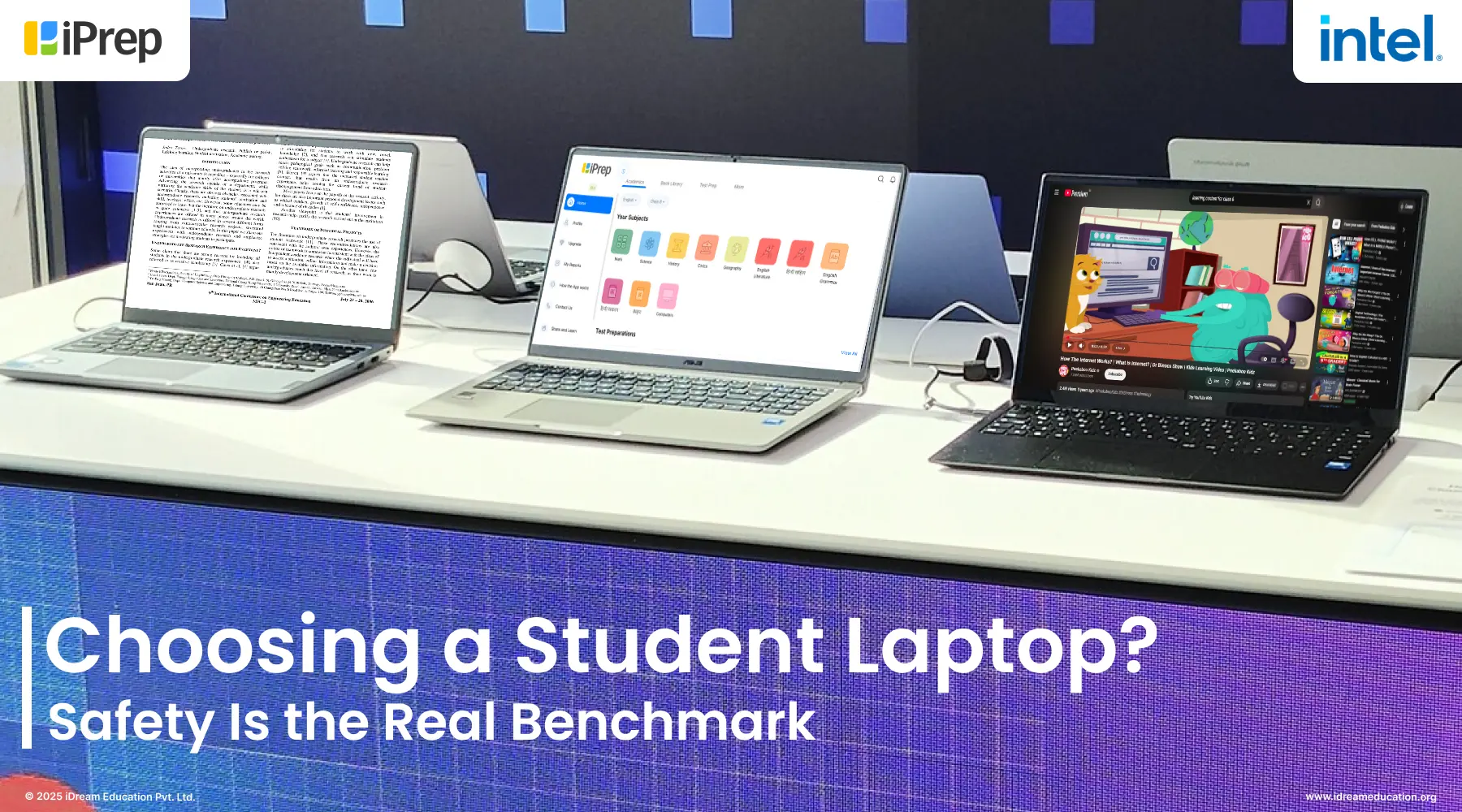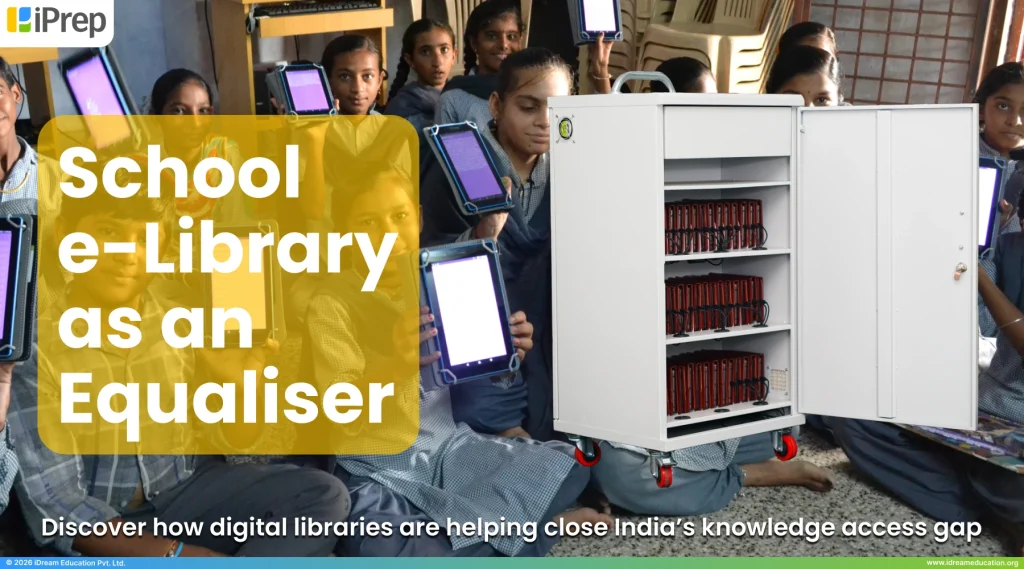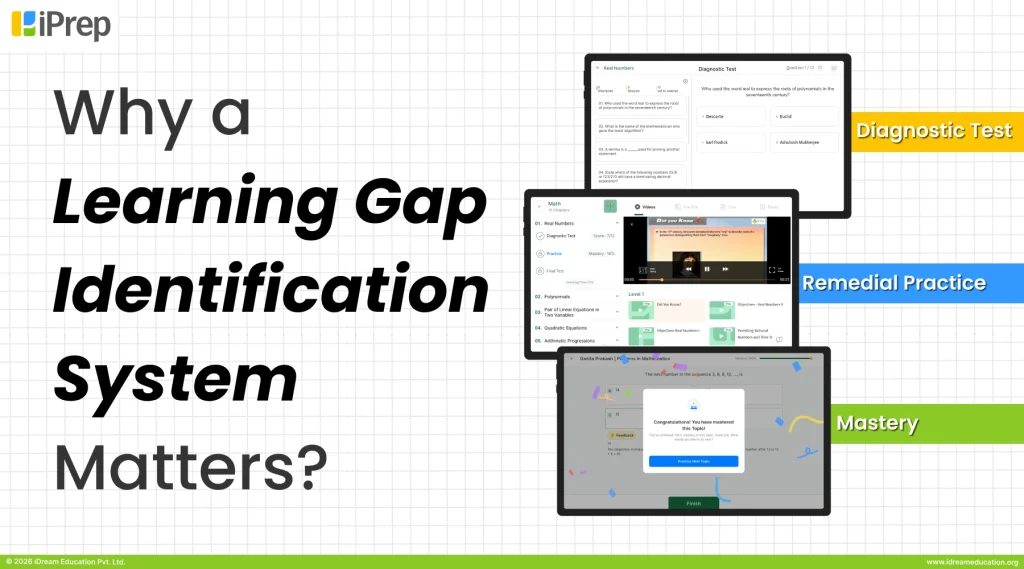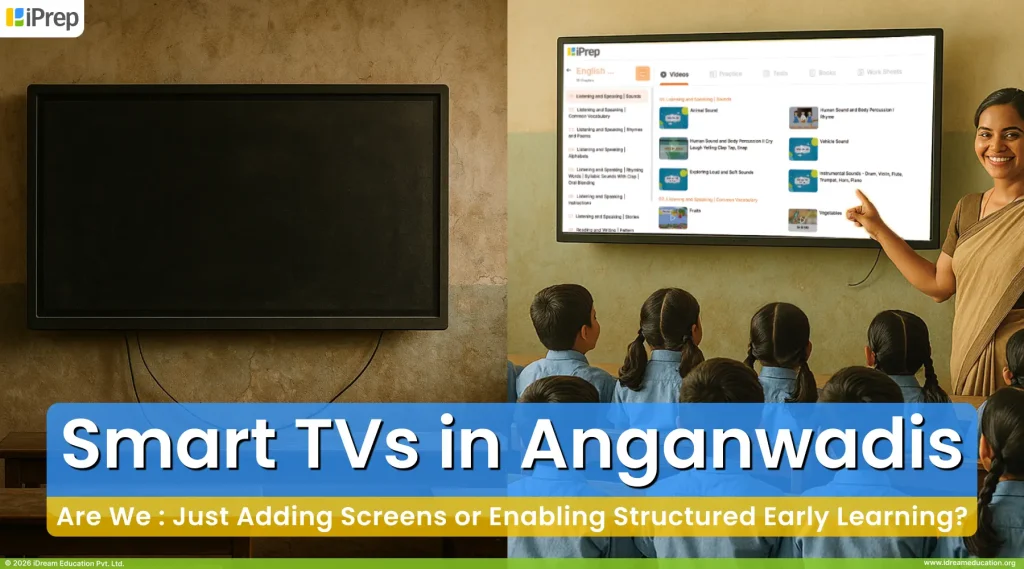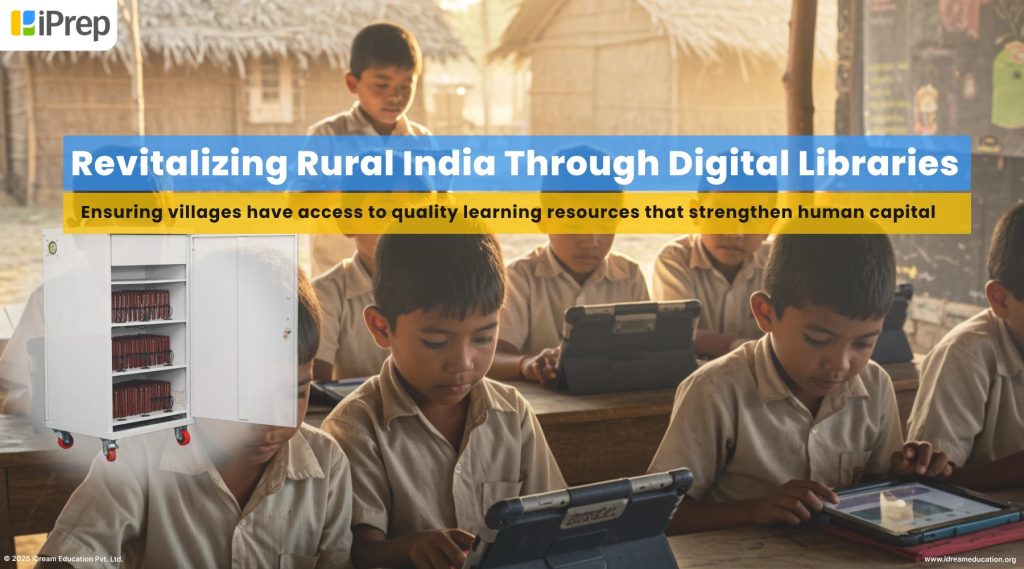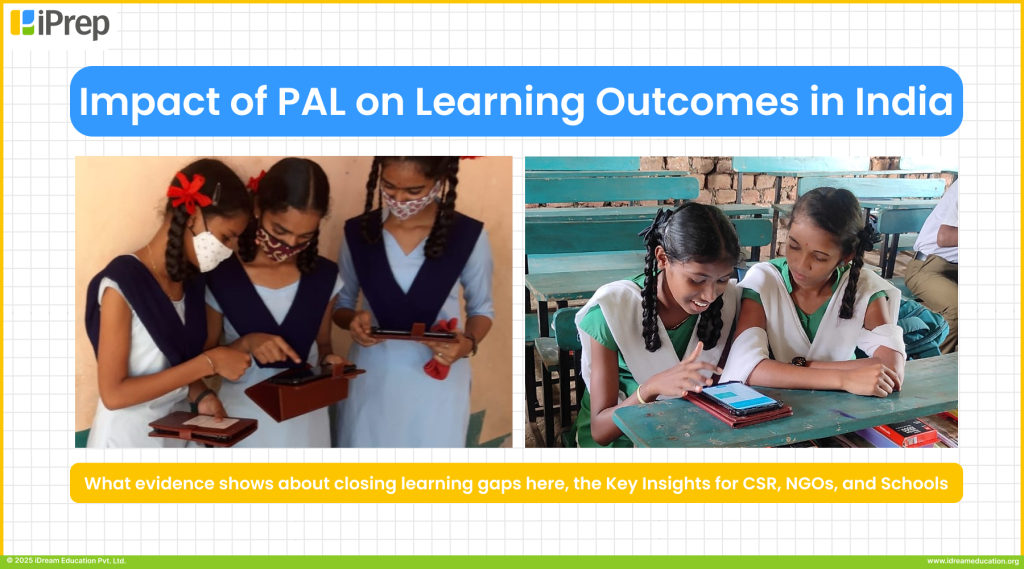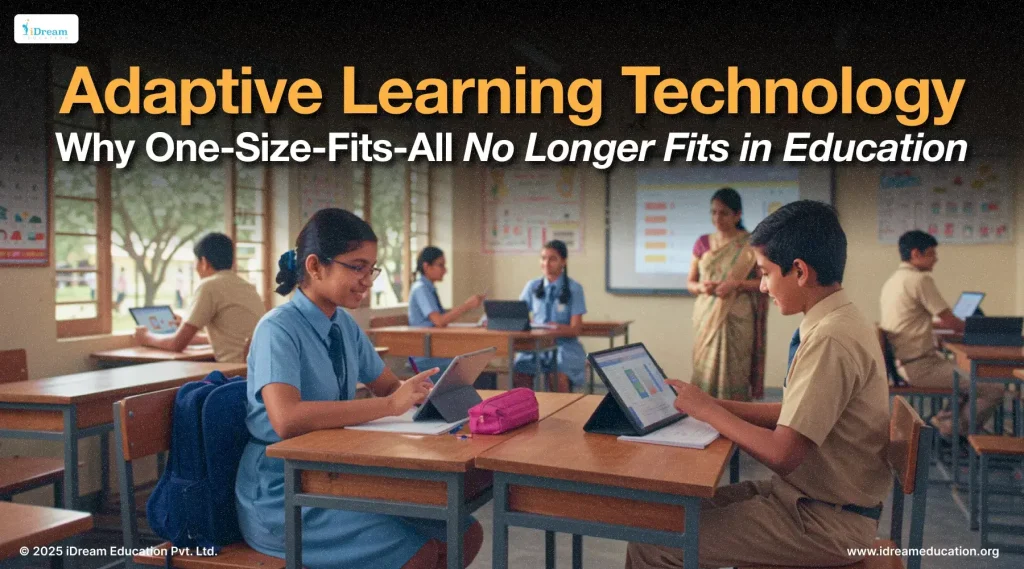
Education in India and across the world is at a crucial crossroads. Over the years, rapid changes in curricula, digital integration, evolving student needs, and the push for equity have exposed a fundamental truth: every learner is different, and teaching must reflect that.
No two students learn the same way. Some grasp concepts quickly, while others need more time and support. Some thrive visually, others through practice or discussion. Yet, for decades, education systems have largely followed a standardised, one-size-fits-all approach—often leaving behind those who don’t fit the mold.
Adaptive learning technology challenges this norm.
By using real-time data on student data, performance, and progress, it personalizes the learning journey. It shows content basis the foundational learning level and support based on each learner’s unique needs. This isn’t just an upgrade in digital learning; it’s a shift in mindset from delivering content to enabling learning outcomes. It is a step forward to empower students to cover their historical learning gaps.
When teachers, EdTech enablers, NGOs, policymakers, and other people in ecosystem rethink how to close learning gaps and make education truly inclusive, adaptive learning technology emerges as a powerful, necessary solution. It’s not just about using technology, it’s about using it intelligently to restore the core purpose of education: helping every child grow.
Let’s Get Deeper: What is Adaptive Learning Technology?
In every classroom, students arrive with a wide spectrum of learning levels. These differences are often the result of years of varied academic exposure, inconsistent teaching quality, limited access to learning resources, and personal challenges. Over time, such factors contribute to historical learning gaps that make it difficult for students to engage confidently with the current curriculum. These gaps don’t just affect performance in a single subject—they ripple across the entire learning journey, slowing progress and reducing confidence.
Adaptive learning technology offers a promising solution to this deeply rooted challenge. At its core, adaptive learning technology uses data-driven instruction to adjust and personalize educational content based on each learner’s needs. By continuously tracking student data such as usage, engagement and progress, personalized adaptive systems create dynamic learning paths that evolve in real-time, ensuring that students receive the right support at the right moment.
While equal access to education means every student gets the same resources, equity in education means every student gets what they need to succeed. This is where adaptive learning shines. By combining adaptive instruction, assessment, and remediation, it builds a more equitable learning experience. This ensures no student is left behind simply because they started from a different place.
Our own solution: iPrep PAL (Personalized and Adaptive Learning Technological Solution) is designed precisely with this mission in mind.
Built on the EdTech Tulna Framework, iPrep PAL begins each chapter with a Diagnostic Test to understand a student’s existing knowledge and gaps. Based on this, it creates a personalized learning path, directing learners through remedial video lessons and adaptive practice questions tailored to their unique needs. With every interaction, iPrep PAL helps students bridge historical learning gaps, master concepts, and reach their grade-level learning outcomes, empowering them with the confidence and competence to thrive.
Comparing adaptive learning with non-adaptive learning
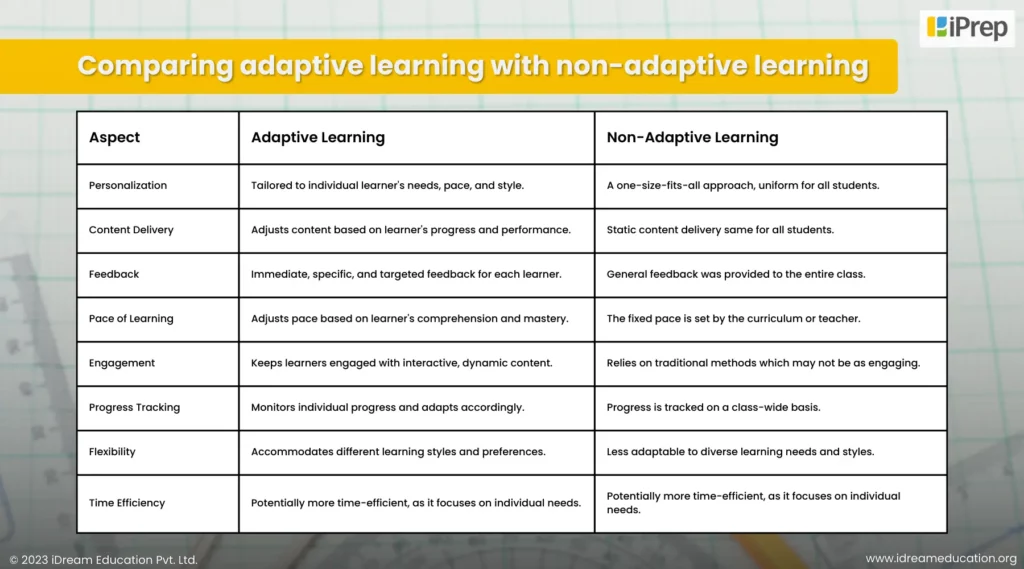
| Aspect | Adaptive Learning | Non-Adaptive Learning |
| Personalization | Tailored to individual learner’s needs, pace, and style. | A one-size-fits-all approach, uniform for all students. |
| Content Delivery | Adjusts content based on the learner’s progress and performance. | Static content delivery – same for all students. |
| Feedback | Immediate, specific, and targeted feedback or remedial content & practice for each learner. | General feedback was provided to the entire class or every student. |
| The Pace of Learning | Adjusts pace based on the learner’s comprehension and mastery. | A fixed pace is set by the curriculum or teacher. |
| Engagement | Keeps learners engaged with interactive, dynamic content. | Relies on traditional methods which may not be as engaging. |
| Progress Tracking | Monitors individual progress and adapts accordingly. | Progress is tracked on a class-wide basis. |
| Flexibility | Accommodates different learning styles and preferences. | Less adaptable to diverse learning needs and styles. |
| Time Efficiency | Potentially more time-efficient, as it focuses on individual needs and learning outcomes. | Potentially less time-efficient, as it does not focus on individual needs and learning outcomes. |
It’s important to note that both adaptive and non-adaptive learning approaches have their own strengths and can complement each other in an educational setting. Adaptive learning technology for schools aims to enhance the learning experience by providing personalized support, while non-adaptive methods offer structure and consistency across a broader group of learners.
What Makes Learning Truly Adaptive? Understanding Adaptivity Factors
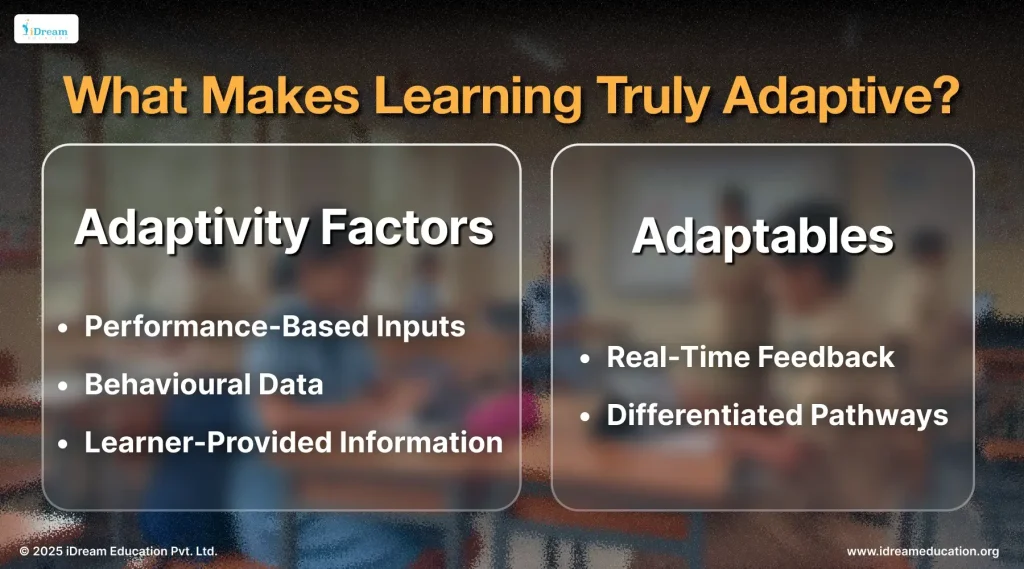
To deliver a truly personalized learning solution, adaptive systems must go beyond just surface-level data. They need to understand how each student learns, where they struggle, and what motivates them. This is made possible through various adaptivity factors—key inputs that help tailor the learning experience dynamically for each learner.
Here are the core factors that drive adaptivity:
1. Performance-Based Inputs
These are the most immediate and measurable indicators. Adaptive systems evaluate:
- Whether the learner answered a question correctly or incorrectly
- How their performance trends across a series of tasks, topics, or lessons
- How often errors are repeated and where mastery has been achieved
Such data helps identify where reinforcement is needed or where a learner is ready to advance.
2. Behavioral Data
Not all insights come from correct answers. But, how a student interacts with the content also matters. Adaptive systems track:
- Hesitations, skips, or repeated attempts
- Patterns of engagement or disengagement
This behavioral layer adds nuance, helping the system adjust pacing, difficulty, and format to better suit the learner’s rhythm.
3. Learner-Provided Information
Sometimes, the best source of insight is the students themselves. Adaptive learning technological platforms gather:
- Preferences for content types—like videos, quizzes, or reading material.
- Profile details such as age, language comfort, or prior exposure to the subject basis diagnostic scores
This information allows the system to align content not just with a learner’s skill level, but also with their mindset and learning style. Together, these adaptivity factors are considered to build a solution such as iPrep PAL to evolve from simply delivering content to curating a journey—one that’s responsive, relevant, and rigorously focused on helping every student succeed
Ways Adaptive Learning Solution Adjusts to Student Needs
Once an adaptive learning system has captured and analyzed relevant learner data, the next critical step is how it responds. These responses can be called adaptables. These are the real-time changes made to the learning journey based on each student’s unique performance, behavior, and preferences.
Here are two of the most impactful adaptables in effective adaptive learning systems:
1. Real-Time Feedback
One of the most valuable features of adaptive learning technology is its ability to offer immediate and contextual guidance. Much like a tutor sitting beside a student, the system can:
- Offer hints or prompts when students find themselves stuck
- Provide explanatory feedback when a wrong answer is selected
- Reinforce concepts when mastery is not yet achieved
This just-in-time support keeps learners from getting stuck or discouraged, encouraging a continuous flow of learning and self-correction.
2. Differentiated Pathways
No two learners need to walk the same path. Adaptive systems dynamically alter the sequence and nature of content delivery, enabling:
- Remediation before progression: Students struggling with a concept receive extra support, such as simpler practice or remedial videos, before moving ahead.
- Choice-driven learning: Learners are empowered to choose their next topic, promoting autonomy and engagement.
These adaptables ensure that the system isn’t just responding to performance, but actually guiding students toward better outcomes—each at their own pace, in their own way.
At iPrep PAL, both real-time feedback and differentiated learning pathways are deeply embedded in the design. Whether it’s through immediate hints after a diagnostic question or a restructured learning path based on ongoing performance, iPrep PAL adapts constantly just like an effective teacher would in a one-on-one session.
The Benefits of Adaptive Learning Technology
In today’s classrooms, where student-to-teacher ratios remain high and learning levels vary widely, adaptive learning technology emerges as a powerful tool for students as well as teachers. It’s becoming increasingly unrealistic to expect teachers to individually guide every student through each lesson. This is where adaptive learning steps in, enhancing the teaching experience and expanding the reach of quality instruction.
- By leveraging real-time data, adaptive platforms dynamically respond to how each student learns. This helps teachers identify strengths, pinpoint gaps, and enhance teaching accordingly. For teachers, this means they no longer have to rely solely on standard lesson plans. Basis adaptive data, they can provide tailored support through differentiated tasks, and personalized feedback. It helps ensure that both advanced and at-risk learners get the attention they deserve.
- From knowing diagnostics scores to remedial videos and remedial practice for revisiting complex concepts, adaptive technology empowers students to design inclusive learning journeys. It increases engagement in the learning, and, most importantly, helps them cover their historical learning gaps without judgement.
Explore More Advantages of Personalized Adaptive Learning
A Collective Leap Forward: Celebrating the Impact of Adaptive Learning Technology in India
The transformative potential of adaptive learning came into sharp focus in May 2025, during the launch of PAL Works in New Delhi — a landmark event for Personalized Adaptive Learning in India’s public education system. Bringing together over 100 senior leaders from government, EdTech, philanthropy, and research, the event served as a powerful testament to the growing momentum behind scalable, inclusive learning solutions.
We were happy to showcase our iPrep PAL solution at the event, in collaboration with two of our partners. Their on-ground support has been instrumental in demonstrating how adaptive learning technology can bridge foundational learning gaps while also enhancing teacher effectiveness. It was deeply rewarding to witness how regularly engaged students have shown tangible learning gains. This is proof that when thoughtfully implemented, adaptive learning technology can truly become a force multiplier in education.
As India continues its journey towards more equitable and outcome-driven education, adaptive learning technological solutions such as iPrep PAL will play a key role in bridging gaps, driving engagement, and empowering every stakeholder in the classroom.
If you would like to experience how iPrep PAL, our adaptive learning technology, works in action, we’d be happy to schedule a demo. You can reach us at +917678265039">+91 7678265039. You can also write to us at connectrohit@idreameducation.org or share your details here.
Frequently Asked Questions -
1. What is adaptive learning technology?
Adaptive learning technology uses real-time data to personalize learning path, content and pace for each student. It adjusts based on individual performance, helping students master concepts at their own speed.
2. How is adaptive learning different from traditional learning?
Traditional learning often follows a one-size-fits-all approach. Adaptive learning customizes lessons based on student needs, ensuring better engagement and learning outcomes.
3. Why is adaptive learning important in education today?
It helps address learning gaps, supports varied learning styles, and promotes equity by ensuring every student gets the support they need to succeed.
4. Is adaptive learning only for online education?
No. While digital platforms power adaptive learning online. iPrep PAl by iDream Education offers adaptive learning online as well as offline
5. What kind of data does adaptive learning use?
It uses data like student responses, diagnostic scores, accuracy, engagement, and progress to adjust content in real-time.
6. Does adaptive learning replace the teacher?
Not at all. It supports teachers by providing insights, helping with differentiated instruction, and allowing them to focus on individual student needs.
7. Can teachers track student performance?
Yes. Adaptive learning platforms offer dashboards and reports that show each student's usage, progress and mastery levels.
8. How does it reduce teacher workload?
By automating assessments, identifying gaps, and assigning appropriate content, adaptive tools save teachers time in planning and grading.
9. How does adaptive learning help students with learning gaps?
It identifies what each student already knows and where they struggle, then provides remedial content to fill those gaps.


